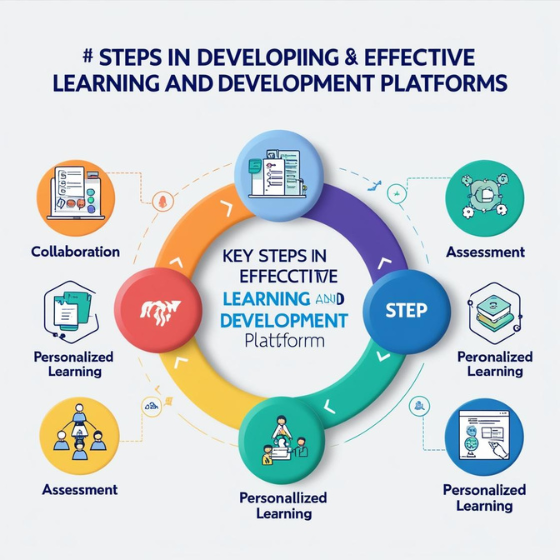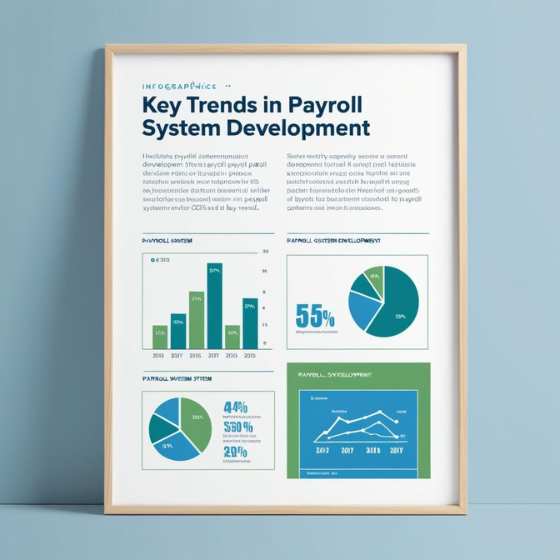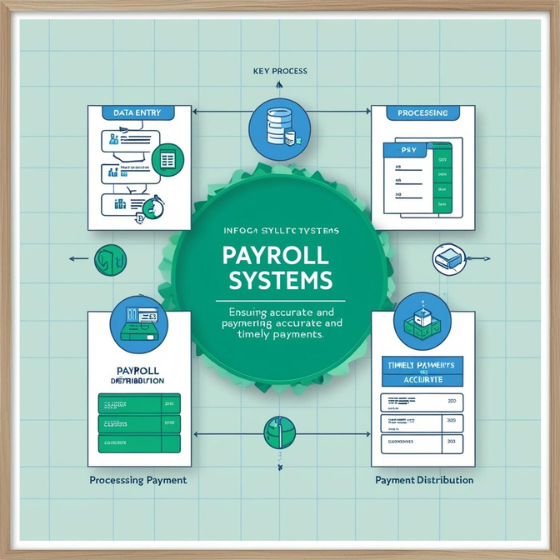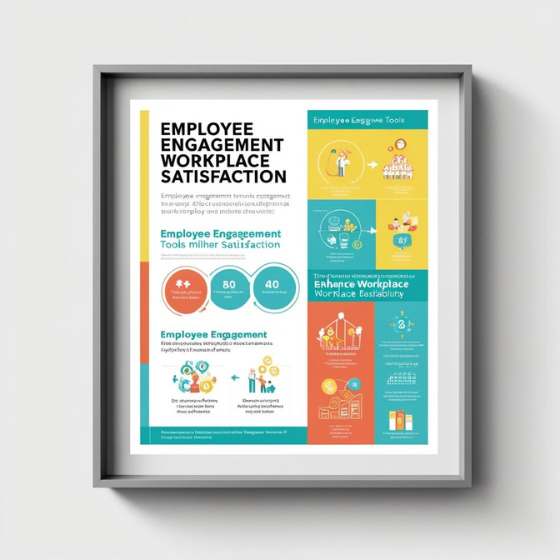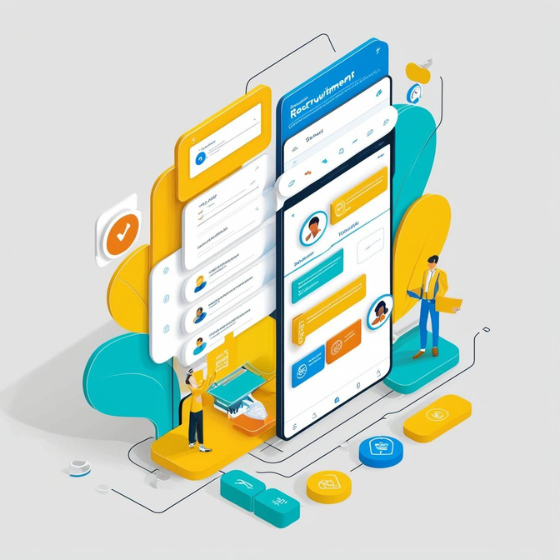Learning and Development Platforms: Promoting Employee Growth
In today’s competitive business environment, fostering continuous employee growth is more crucial than ever. Learning and development platforms (L&D) play a pivotal role in nurturing talent, enhancing skills, and empowering employees to reach their full potential. By offering a structured yet flexible learning environment, these platforms help employees grow professionally and personally, while also aligning with organizational goals.
In this blog, we will explore the significance of learning and development platforms, the key features that make them effective, and best practices for leveraging these platforms to promote employee growth. Whether you’re an HR manager, business owner, or team leader, understanding the power of L&D platforms is essential for creating a culture of continuous learning and improvement.
Why Learning and Development Platforms Matter
A well-designed learning and development platform is not just a tool for training employees; it’s a long-term investment that contributes to the overall success of the company. By providing employees with access to educational resources and development opportunities, organizations can boost productivity, increase engagement, and foster a culture of innovation.
Key Benefits of Learning and Development Platforms:
- Skill Enhancement: L&D platforms provide employees with the resources they need to improve both technical and soft skills.
- Employee Retention: Offering opportunities for growth can improve job satisfaction, leading to higher retention rates.
- Increased Productivity: Employees who continuously improve their skills tend to perform better in their roles, contributing to the company’s overall success.
- Organizational Alignment: Training programs can be tailored to support company-specific goals, helping align employee growth with business objectives.
By focusing on employee development, organizations create a more capable, motivated workforce that is better prepared to adapt to industry changes and challenges.
Key Features of Effective Learning and Development Platforms
To truly foster employee growth, L&D platforms must have the right features and capabilities. Below are some of the most essential components that make an L&D platform effective in promoting employee development.
1. Personalized Learning Paths
Each employee has unique learning needs, and a one-size-fits-all approach may not be the most effective. Modern L&D platforms offer personalized learning paths that adapt to the learner’s experience level, career goals, and preferred learning style.
Key Features:
- Adaptive learning content based on employee progress.
- Options to choose courses based on job role, career aspirations, or skills gaps.
- Interactive tools that provide real-time feedback and track progress.
Personalized learning paths ensure that employees receive targeted training that is directly relevant to their professional development, making the learning process more efficient and meaningful.
2. Mobile Accessibility
In today’s fast-paced and increasingly remote work environment, employees need flexibility in how they access training materials. A mobile-friendly L&D platform enables employees to engage in learning on-the-go, regardless of their location.
Key Features:
- Access to courses and resources through mobile apps or responsive websites.
- Offline access to training content, allowing employees to learn even when they don’t have an internet connection.
- Push notifications to remind employees about course deadlines or new learning opportunities.
Mobile accessibility increases the likelihood of employees engaging with training programs and continuing their professional development, even during busy workdays or while traveling.
3. Collaboration Tools
Learning is not just an individual experience—it’s also a social process. Many L&D platforms incorporate collaboration tools that allow employees to interact with peers, mentors, and instructors during the learning process.
Key Features:
- Discussion forums where employees can ask questions and share knowledge.
- Peer reviews and group activities to promote collaborative learning.
- Virtual classrooms and webinars that enable live interaction with trainers and colleagues.
By incorporating collaboration tools, L&D platforms help employees learn from one another, exchange ideas, and build a sense of community, all of which contribute to a richer learning experience.
4. Tracking and Reporting Tools
Tracking employee progress is essential for evaluating the effectiveness of learning initiatives and ensuring that employees are on track to meet their development goals. A robust tracking and reporting system within the L&D platform helps HR and management monitor employee performance, course completion rates, and overall engagement.
Key Features:
- Dashboards that provide a clear view of employee progress and learning activity.
- Detailed reports on course completion, test scores, and areas for improvement.
- Analytics to identify skills gaps and tailor future learning opportunities.
By utilizing tracking and reporting tools, companies can assess the ROI of their learning programs and adjust training initiatives as needed to ensure continued employee development.
5. Integration with Other HR Systems
A seamless integration between L&D platforms and other HR systems (such as performance management or employee engagement tools) enhances the overall learning experience and helps businesses track employee progress more effectively.
Key Features:
- Integration with performance reviews, enabling managers to recommend personalized courses based on employee goals.
- Syncing with employee databases to ensure that learning paths are aligned with career development plans.
- Integration with talent management tools to identify high-potential employees and provide them with targeted development programs.
Integrated systems streamline workflows, making it easier to manage employee development and ensure alignment with organizational goals.
Best Practices for Implementing Learning and Development Platforms
To maximize the impact of an L&D platform, businesses need to implement it strategically. Here are some best practices for promoting employee growth through effective use of L&D platforms:
1. Align Training with Company Goals
To ensure that L&D initiatives are effective, training programs should be aligned with the company’s strategic objectives. By doing so, businesses can ensure that employees are acquiring the skills needed to drive organizational success.
Tip:
Work with leadership teams to identify the skills and competencies most critical to achieving company goals, and tailor training programs to address these areas.
2. Encourage Continuous Learning
Learning should not be limited to onboarding or annual training programs. Encouraging employees to engage in continuous learning fosters a culture of personal and professional growth, ensuring that the workforce remains adaptable and future-ready.
Tip:
Provide employees with access to microlearning modules, webinars, and short courses that allow them to learn at their own pace, without disrupting their day-to-day responsibilities.
3. Foster a Supportive Learning Environment
Promoting employee growth requires more than just providing access to training materials. Create a supportive environment where employees feel motivated to participate in learning programs and confident in their ability to succeed.
Tip:
Provide opportunities for employees to share their learning experiences with peers, recognize achievements, and encourage mentorship from senior team members.
4. Regularly Update Learning Content
The world of work is constantly evolving, and so are the skills required to succeed in it. Regularly updating learning materials ensures that employees are gaining the most current, relevant knowledge in their field.
Tip:
Ensure your L&D platform provides access to up-to-date courses that reflect the latest industry trends, tools, and technologies.
5. Provide Recognition and Rewards
Acknowledge employees’ efforts and achievements in their learning journeys. Recognizing employees who complete courses or achieve specific milestones motivates them to continue developing their skills.
Tip:
Implement gamification features within the platform, such as badges, certificates, or leaderboards, to incentivize engagement and reward progress.
How Sodio Can Help with Learning and Development Solutions
At Sodio, we specialize in designing custom learning and development platforms that are tailored to your business’s unique needs. Whether you’re looking to implement personalized learning paths, integrate your L&D system with HR software, or provide mobile access to training resources, we can help you create an environment that fosters growth and development.
What We Offer:
- Customizable Learning Modules: Tailored to the unique requirements of your business and employees.
- Mobile-Friendly Solutions: Enabling employees to access training materials anytime, anywhere.
- Advanced Analytics: Helping you track learning progress and measure the impact of training programs.
To find out more about how our L&D platforms can transform your business, contact us today!
Conclusion: Fostering Employee Growth Through Learning and Development
Investing in learning and development platforms is an investment in your employees’ futures and, by extension, the future success of your business. With the right tools and strategies in place, you can empower your workforce to develop new skills, achieve personal growth, and contribute more effectively to the company’s goals.
Whether you’re just starting to explore L&D solutions or looking to optimize your existing platform, adopting best practices and leveraging modern technologies can help you build a culture of continuous learning. Ready to enhance employee growth and development? Get in touch with Sodio and let us help you create the ideal learning environment for your team.

